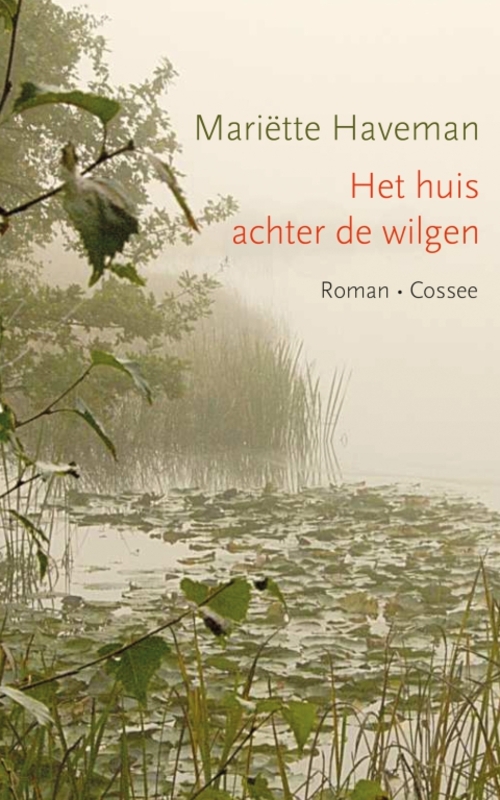
Étretat, 1924. In a chic hotel on the French coast Roeland Te Wolde tries to get hold of the maîtres d’hôtel but he doesn’t get a chance. His young bride Virginia intervenes and instantly realizes a large order in wicker furniture for the family business. Roeland thinks that they will be proud of her. A glorious future seems evident for his British wife in his hometown.
But Werwolda, the small village of reed weavers in the Dutch province of Drenthe is nothing like she expected it to be. From the moment she gets out of his Minerva automobile and the mud get hold of her shoes and she sees her new home through the mist she is in shock. Grey and gloomy and surrounded by a circle of children all dressed in the same drab clothes.
But she wouldn’t be Virginia Wyndham if she wouldn’t try to introduce modern times in this village with its orphanage and brothel ‘where the new reed weavers are being made’. She pays a high price for her attempts of progress.
Is it ethical to use such an archaic and mysterious story in 2015 to sell a vacation resort in Werwolda? Marijn Onderland develops the future bungalows and researches the history of the surroundings when she discovers Virginia Wyndham’s history. She was the outsider whose interference caused the downfall of the small society.
In breathtaking scenes Mariëtte Haveman brings to life lost times and remote areas. In The House Behind the Willows she confronts us with the question why we’re inclined to alter the images that we have of our history.
‘Mariëtte Haveman draws intriguing parallels between Virginia and Marijn and she heartens her strong women, controlled and forceful.’ – de Volkskrant ****
‘A rich and not at all sweet novel, in which two stories about historic and contemporary Drenthe are skilfully interwoven. What The House Behind the Willows shares with novels such as Rinus Spruit’s, are the poetic descriptions of the tough country life, in which compassion is considered a luxury. The tension between the dawning of a new age and the old conventions runs like a thread throughout the novel and is part of its charm.’ – Elsevier
‘Haveman writes in a fascinating style, with which she brings both the past and the present to life.’ – Dagblad van het Noorden ****
‘Mariette Haveman brings the beginning of the twentieth century to life in a beautiful way. An appealing novel, intriguingly written, which absolutely deserves to be read.’ – CuttingEdge.nl
‘It is clear that Haveman writes beautifully and that she has something to say. In the old part of the novel are many passages which I marked with my pencil, because they were so wonderful.’ – Tubantia